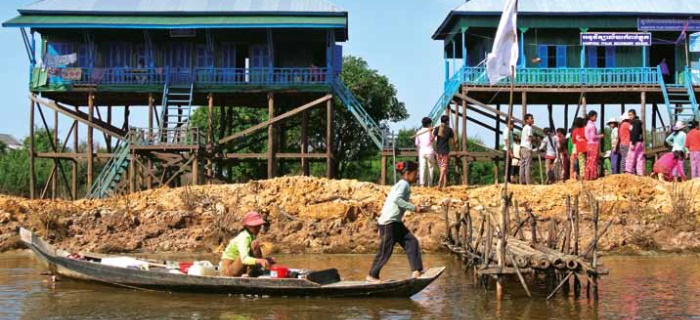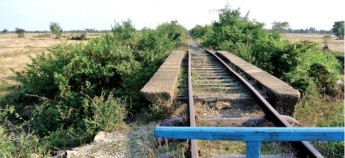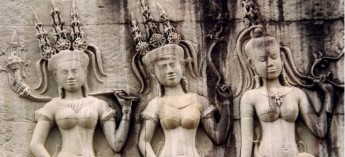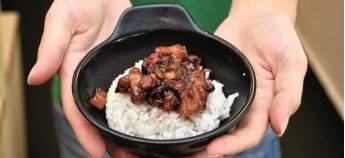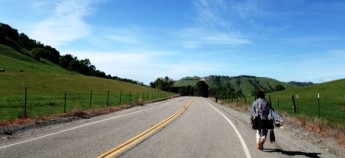Well, you know that you have arrived at Siem Reap for that wonderful holiday unearthing the mystical legends of the Angkor Temples. It was so exciting to be awed by the huge Buddha statues and intricate carvings.
Text/Photos : Jessica Chan
Well, you know that you have arrived at Siem Reap for that wonderful holiday unearthing the mystical legends of the Angkor Temples. It was so exciting to be awed by the huge Buddha statues and intricate carvings. Soon, by the time you walk into the 10th temple, the initial excitement wears out. Isn’t it kind of odd to suffer from temple fatigue?
Actually, you need not suffer from temple fatigue if you have a well planned trip. Here are a few tips that you can try when you plan the itinerary for your Angkor visit (if you plan to be there for more than 2 days).
• Plan a mix of big and small temples on each day. Do not pack all the big temples on the same day. This will help you discover some different historical account every day. After all, you have to pass through the Angkor Temple complex to have your visit pass checked before you proceed to the outskirts.
• Intersperse with different activities and views like visits to farms, villages, markets, etc. These are the places where you can interact with the local people and enjoy their warm hospitality.

left: A village that co-exist with the mangrove forest. right: An amazing architecture and culture of the village on water.
Kompong Phluk is one of the places that I added into my itinerary as an option to avoid my team mates suffering from temple fatigue. Fortunately, temple fatigue wasn’t on my mind at all as I loved to explore the temples at my own pace. Kompong Phluk is a village located about 35km south-east of Siem Reap, perched at the north-eastern edge of Tonle Sap, the biggest fresh water lake in Cambodia. Kompong Phluk is surrounded by mangrove forests and hence, a sanctuary for migratory birds.
The uniqueness of Kompong Phluk lies in the fact that the villagers built their houses on very high stilts. Yes, it is a sort of water village where the residents live in houses above the water and carry out their daily chores on the water. Not only the residential houses are on stilts, the schools, restaurants and community shops are also built on stilts. Even their domestic animals like chicken and pigs are kept in cages that float on the water.
When you are there, take a boat ride to savour the life in the floating village and be awed by the height of the stilts, some of them rising as high as 10 meters. When the boat reaches the end of the village, you will gasp at the vastness of the Tonle Sap. It is worthwhile to make a diversion to this village as it is not crowded with tourists (at least when I was there in February). Not only that, the journey from Siem Reap took us through the local villages and green green rice fields. It was a bonus for us to catch a glimpse of the local lifestyle without the temples.
Getting there
The most convenient mode of transport is by car or tuk-tuk. Travelling on the tuktuk will allow you to enjoy the natural cool breeze from the rice fields and also a sampling of dust when a heavy vehicle passes by on the gravel road. Travelling by car will be comparatively cleaner but will cost a little more.
Upon arrival at the ticketing office, you have to pay USD 1 as visitor entrance fee and USD12 per pax for the boat trip. To avoid the hassles of handling the tuktuk touts, you may choose to stay in a good guesthouse and ask them to arrange your transportation.
Cosy Accommodation at Bou Savy Guest House
Bou Savy is one of the guesthouses that help to relieve you of the hassles of transportation. This guesthouse is tucked in a small lane off the National Road #6 in Siem Reap. Hence, it is a quiet and convenient location, the markets are just 5 minutes away. Many of my friends have stayed here before and they recommended this guest house to me. Bou Savy Guest House is owned by a young man, Horn Bovuth. His brother helps to man the front desk while his wife and mother cook up delicious and hearty meals in the kitchen. It is a family run guesthouse where every member of the Bovuth family chipped in to make our stay comfortable. Staying here made us felt very much at home.
There are single, twin and triple rooms with rates starting from as low as USD8 for single fan room and USD12 for single air-con room. For the tech savvy travellers, there is free WiFi and free internet service available. If you wish to continue your onward journey, you can book your bus tickets from them and they will arrange to pick you up from the guesthouse on the departure day. Bou Savy Guest House has a special promotion on-going until July 2012. Do visit their website www.bousavyguesthouse.com for more details.
Text & Photo by Travelution
全球超过80000家酒店,Apple101助您轻松订房,出行无忧,绝对优惠价。入住期间付款,多数客房可免费取消!
